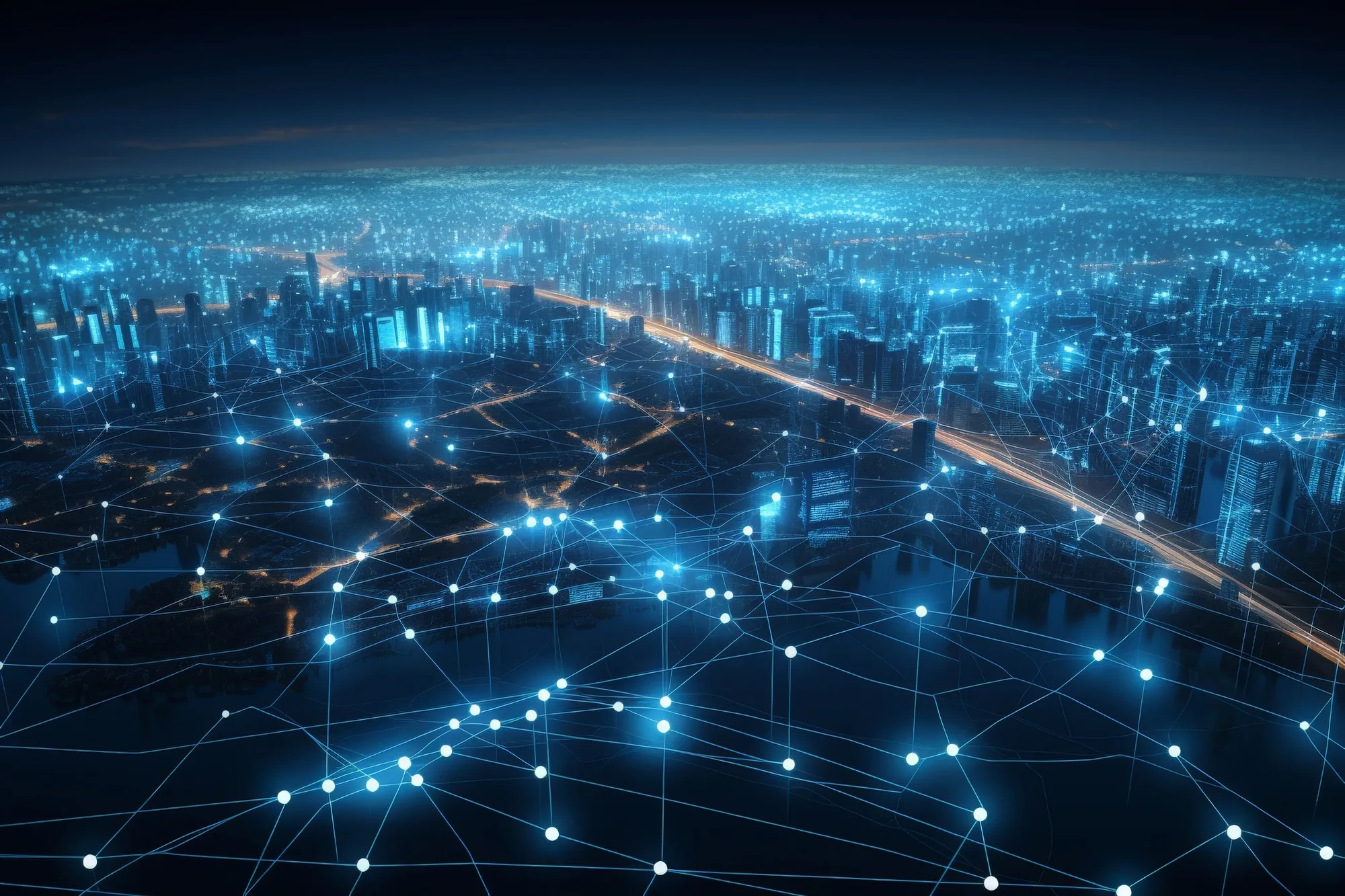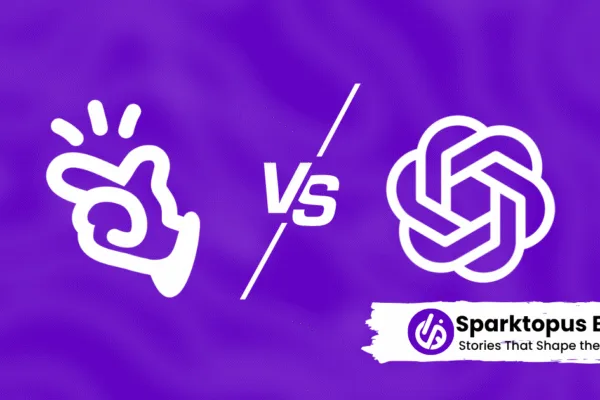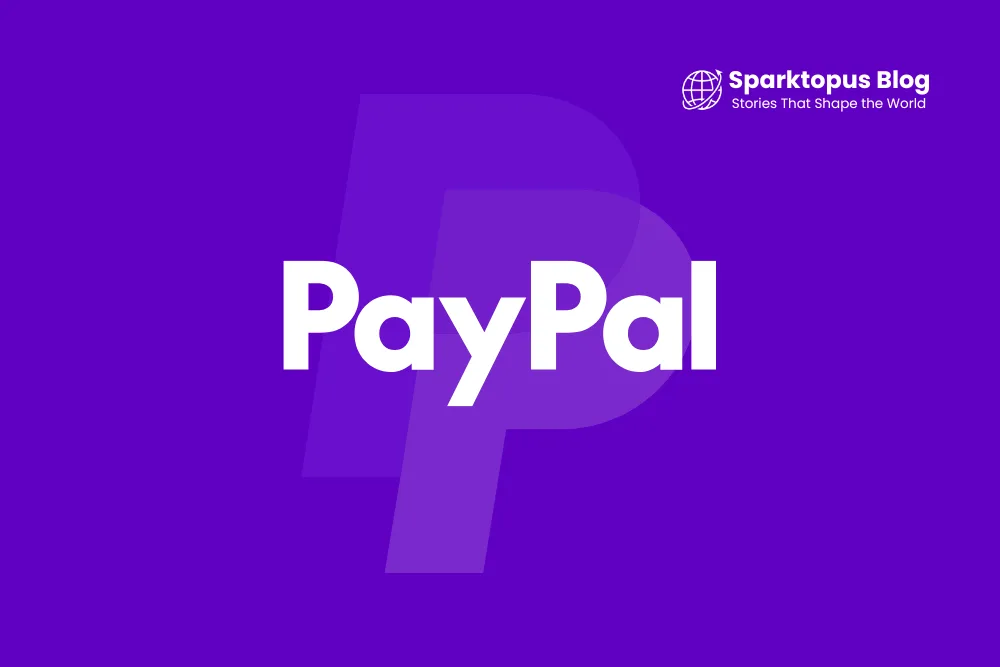IoT (Internet of Things): How Smart Devices are Changing Our World

The Internet of Things (IoT) is revolutionizing the way we live, work, and interact with the world around us. By connecting everyday objects to the internet, IoT enables smart devices to communicate, collect data, and automate processes, creating a more efficient, convenient, and interconnected environment. Here’s a look at how IoT is changing our world and the impact it has on various aspects of our lives.
1. What is IoT?
IoT refers to the network of physical objects—devices, vehicles, appliances, and more—that are embedded with sensors, software, and other technologies to connect and exchange data with other devices and systems over the internet. This connectivity allows for real-time monitoring, control, and automation, making devices “smart” and enhancing their functionality.
- Manus AI vs. ChatGPT: Which Is Better in 2025?4 weeks ago
- 2025 Unleashed: Manus AI Boosts CreativityApril 10, 2025
2. Smart Homes and Living
One of the most visible impacts of IoT is in our homes, where smart devices are transforming how we manage our daily lives.
- Home Automation: Smart home systems, such as smart lighting, thermostats, and security cameras, allow homeowners to control and monitor their homes remotely. For example, you can adjust the thermostat, turn off lights, and check security cameras from your smartphone.
- Energy Efficiency: IoT devices help optimize energy use, reducing waste and lowering utility bills. Smart thermostats learn your habits and adjust temperatures accordingly, while smart plugs can turn off appliances that are not in use.
- Convenience and Comfort: Voice assistants like Amazon Alexa and Google Assistant integrate with various smart home devices, enabling voice control for tasks such as playing music, setting reminders, and controlling smart appliances.
3. Healthcare and Well-being
IoT is making significant strides in the healthcare sector, improving patient care and enabling better health management.
- Wearable Devices: Smartwatches and fitness trackers monitor vital signs, physical activity, and sleep patterns, providing users and healthcare providers with valuable health data.
- Remote Patient Monitoring: IoT devices enable continuous monitoring of patients with chronic conditions, allowing healthcare providers to track health metrics and intervene when necessary.
- Telemedicine: IoT facilitates virtual consultations and remote diagnostics, making healthcare more accessible and reducing the need for in-person visits.
4. Industrial and Commercial Applications
In industries and commercial sectors, IoT is driving efficiency, productivity, and innovation.
- Manufacturing: Smart factories use IoT to monitor and optimize production processes, predict maintenance needs, and reduce downtime. IoT sensors track machine performance and quality control in real-time.
- Supply Chain Management: IoT enhances supply chain visibility, allowing companies to track goods from production to delivery. This transparency improves inventory management, reduces losses, and ensures timely deliveries.
- Retail: IoT enables personalized shopping experiences through smart shelves, digital signage, and mobile payments. Retailers can gather data on customer preferences and behavior to tailor their offerings.
5. Smart Cities and Infrastructure
IoT is at the heart of the smart city movement, enhancing urban living and infrastructure.
- Traffic Management: Smart traffic lights and sensors monitor and manage traffic flow, reducing congestion and improving road safety.
- Public Services: IoT-enabled waste management systems optimize collection routes and schedules, while smart lighting systems adjust brightness based on activity, saving energy.
- Environmental Monitoring: IoT sensors track air quality, noise levels
, and water quality in real-time, enabling cities to respond promptly to environmental issues and ensure a healthier living environment for residents.
6. Agriculture and Farming
IoT is transforming agriculture by introducing smart farming techniques that increase productivity and sustainability.
- Precision Farming: IoT devices monitor soil conditions, weather, and crop health, providing farmers with data to optimize planting, irrigation, and harvesting schedules.
- Livestock Monitoring: Wearable IoT devices track the health and location of livestock, helping farmers manage their herds more effectively and ensure animal well-being.
- Automated Equipment: IoT-enabled machinery can perform tasks such as planting, watering, and harvesting autonomously, reducing labor costs and increasing efficiency.
7. Security and Privacy Concerns
While IoT offers numerous benefits, it also raises significant security and privacy issues that must be addressed.
- Data Security: IoT devices collect vast amounts of data, often sensitive, making them attractive targets for cyberattacks. Ensuring robust security measures, such as encryption and regular updates, is critical.
- Privacy: The extensive data collection by IoT devices can lead to concerns about user privacy. Clear regulations and transparency about data usage are essential to protect consumers.
- Interoperability: As the number of IoT devices grows, ensuring that they can communicate and work together seamlessly is a challenge. Industry standards and protocols are needed to facilitate interoperability.
Conclusion
The Internet of Things is rapidly changing our world, bringing about significant advancements in how we live, work, and interact with our environment. From smart homes and healthcare to industrial applications and smart cities, IoT is driving innovation and efficiency across various sectors. However, as we embrace the benefits of IoT, it is crucial to address the associated security and privacy challenges to ensure a safe and sustainable future.
Read more: Level Up Your Business with Sparktopus IT Services & Consulting









